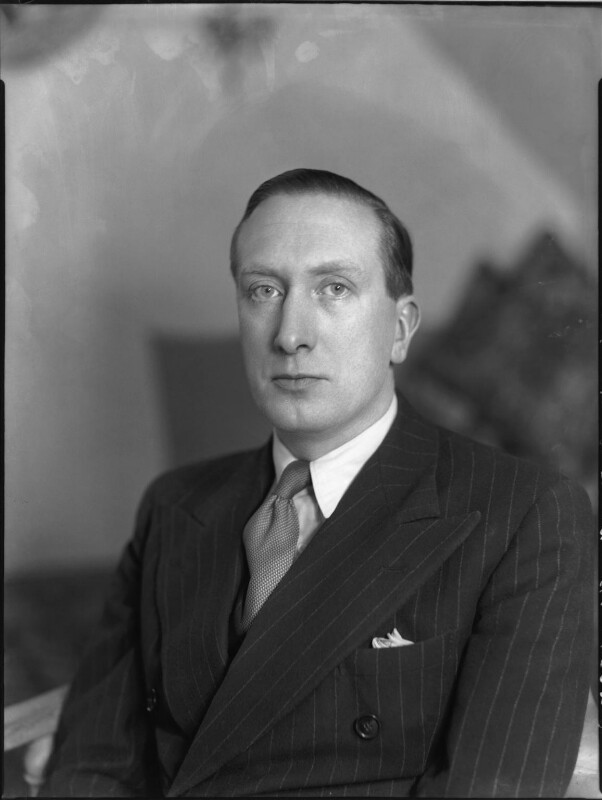Walton, Viola Concert (3d Movement)
 William Walton (1902-1983) became a chorister at Christ Church Cathedral in Oxford in 1912 and began his studies at Oxford University at the young age of 16. He immersed himself in the modern styles of Stravinsky, Debussy, and Sibelius. While successful in his musical studies, he neglected other subjects and, as a result, failed to graduate.
William Walton (1902-1983) became a chorister at Christ Church Cathedral in Oxford in 1912 and began his studies at Oxford University at the young age of 16. He immersed himself in the modern styles of Stravinsky, Debussy, and Sibelius. While successful in his musical studies, he neglected other subjects and, as a result, failed to graduate.
In the 1920s Walton gained a reputation as a modernist. Through influential patronage, he was rubbing elbows with leading artists of the day. His first works were largely panned by critics, but Walton built a following nevertheless.
His first large-scale success came with the Viola Concerto in 1929. It was to be premiered by Sir Thomas Beecham and the violists Lionel Tertis, but Tertis refused to play it (a decision he later regretted). The composer and violist Paul Hindemith performed the premiere instead. The work was followed by Belshazzar’s Feast (1931), a choral cantata and perhaps Walton’s best-known work.
In 1937, Walton was commissioned to write the coronation march for King George VI. His Crown Imperial remains a popular ceremonial piece in the same class as Elgar’s Pomp and Circumstance.
But Walton’s reputation as a modernist and his popularity with the avant-garde set faded. This probably owed less to any change of style on Walton’s part and resulted more from the speed at which the avant-garde was casting off anything that smacked of tradition. Walton lamented,
Today’s white hope is tomorrow’s black sheep. These days it is very sad for a composer to grow old. . . . I seriously advise all sensitive composers to die at the age of 37.
Nothing in this work would be considered avant garde today. More likely, you will find it pleasantly lyrical and Romantic.



